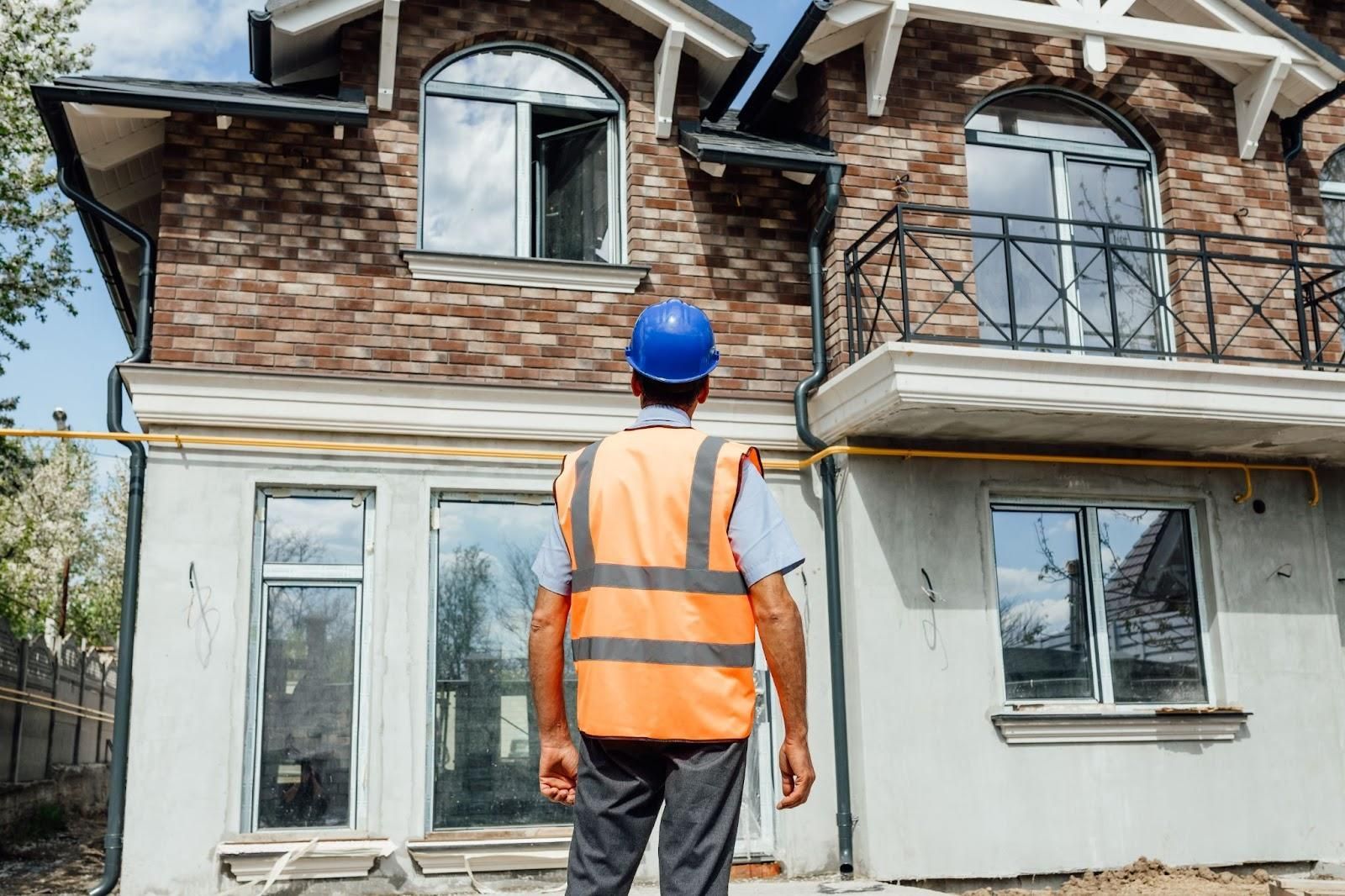DIY vs. Hiring Professionals: Smart Choices for Home Care
Tackling home maintenance can be as rewarding as it is challenging. When faced with the choice of DIY vs. hiring professionals for home maintenance, the decision is anything but straightforward. Should you attempt the task yourself, basking in the satisfaction of a job well done, or call in the experts for assured, efficient results?
This article delves into the key considerations, such as cost, skill level, and safety, that influence this decision. By understanding these factors, property owners can make informed choices that balance personal abilities with the demands of home upkeep.
Understanding the Costs: DIY vs. Professional Services

The financial implications of undertaking home maintenance projects yourself versus hiring professionals are significant. DIY projects are often appealing due to their potential to save on labor costs, which can be a substantial portion of any project. For straightforward tasks such as painting or landscaping, DIY can be a cost-effective approach, with minimal expenses related to supplies and materials.
On the other hand, hiring professionals typically involves higher upfront costs, with hourly rates ranging from $150 to $250. These rates, while steep, often include a level of expertise and assurance that DIY efforts may lack. However, it's crucial to recognize the risk of costly mistakes associated with DIY projects.
When considering cost-saving strategies, it's essential to weigh the immediate savings of DIY against the potential long-term costs of inadequate workmanship. While DIY can be a budget-friendly solution for tasks within a homeowner's skill set, it is vital to ensure that the quality of work meets safety and durability standards.
Homeowners should be mindful of the pitfalls, such as unanticipated repairs due to initial mistakes, which can negate any savings. Conversely, professionals provide a guarantee of quality and efficiency, potentially preventing future expenses. Taking a balanced approach by assessing the complexity and risks of each task can help in making financially sound decisions for home maintenance.
Safety Considerations in Home Maintenance

When considering DIY home maintenance, safety cannot be overstated. Each year, over 200,000 accidents result from DIY mishaps, underscoring the potential hazards of tackling home projects without the necessary expertise. Tasks involving electrical systems and structural elements are particularly risky, as they require specialized knowledge and can pose significant personal safety and property risks if improperly handled.
The allure of cost savings can sometimes overshadow these dangers, leading homeowners to tackle projects beyond their skill set, which can result in injury or costly damage that far exceeds any initial savings.
Professional services offer a level of safety assurance that DIY endeavors often lack. Contractors are not only trained to handle complex tasks but are also equipped with the proper tools and safety protocols to mitigate risks effectively. This expertise is critical, especially for high-risk tasks that demand precision and adherence to safety standards.
By hiring professionals, homeowners can ensure that projects are completed safely and correctly, reducing the likelihood of accidents and ensuring compliance with building codes.
Decision-Making Tips for Home Maintenance Tasks
Homeowners face the task of deciding whether to tackle home maintenance projects themselves or to hire professionals. To make informed choices, it is essential to evaluate personal skills and resources.
DIY Guidance
- Assess Your Skills: Determine if you have the experience and knowledge required for the task. Simple repairs may be within reach, but intricate projects often require professional skills.
- Tool Readiness: Ensure you have the necessary tools before starting a project. Investing in quality tools can make DIY tasks more manageable and successful.
- Research Thoroughly: Use online resources to learn the steps and techniques involved. Comprehensive research is crucial to avoid mistakes that could lead to additional costs.
- Safety First: Prioritize safety by understanding the risks involved and taking appropriate precautions. Use protective gear and follow all safety guidelines.
- Plan Your Time: Allocate sufficient time to complete the project without rushing. DIY tasks often take longer than anticipated, especially for beginners.
Hiring Professionals
- Research Potential Contractors: Begin by researching local contractors who specialize in the type of work you need. Look for reviews and ratings to gauge their reputation.
- Obtain Multiple Quotes: Contact several contractors to get detailed estimates. This helps in comparing prices and understanding the scope of work.
- Verify Credentials: Ensure that the contractor is licensed, bonded, and insured. This verification protects you from potential liabilities and ensures compliance with local regulations.
- Check References: Ask for references from previous clients to assess the contractor's reliability and quality of work.
- Review Contracts Carefully: Before signing, read the contract thoroughly to understand all terms, including timelines, costs, and warranties.
Final Words
Choosing between DIY and hiring professionals for home maintenance hinges on several factors, including cost, skill level, safety, and quality of work. DIY tasks offer cost savings and personal satisfaction but demand careful consideration of risks and complexity. In comparison, professional services ensure task efficiency, often backed by guarantees. Whatever path is chosen, safeguarding property reflects a commitment to its value and longevity.
FAQ
Is it better to hire a contractor or do it yourself?
Deciding between hiring a contractor and DIY depends on factors like task complexity, budget, and personal skill level. Contractors assure quality and safety, while DIY can save costs but may require significant time and skills.
What are the advantages and disadvantages of doing a remodeling job yourself instead of hiring a professional?
DIY remodeling offers cost savings and personal satisfaction but requires time, skills, and tools. Professionals ensure efficiency and high-quality outcomes, often with a warranty, but incur higher costs.
What is the difference between home maintenance and home improvement?
Home maintenance involves regular upkeep to ensure a property functions properly, while home improvement focuses on upgrading or remodeling elements for aesthetic or functional enhancements.
What is DIY in construction?
DIY in construction refers to individuals undertaking building or renovation tasks themselves, requiring confidence in personal skills, time investment, and potentially purchasing specialized tools.
What are the cost implications of DIY vs. hiring professionals for home maintenance?
DIY typically lowers labor costs but may lead to additional expenses if tasks are mishandled. Hiring professionals ensures quality work, generally costing $150-$250 per hour, with associated guarantees.











